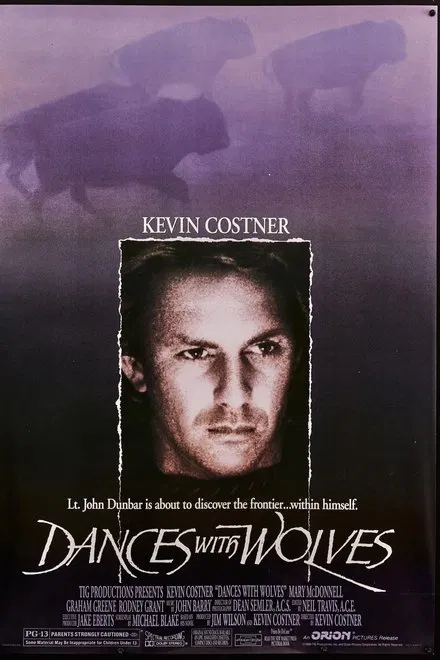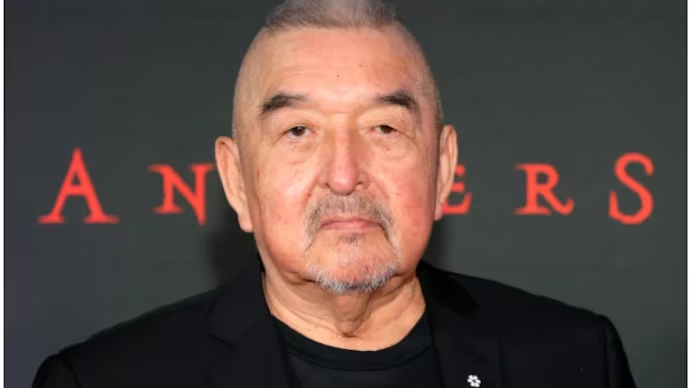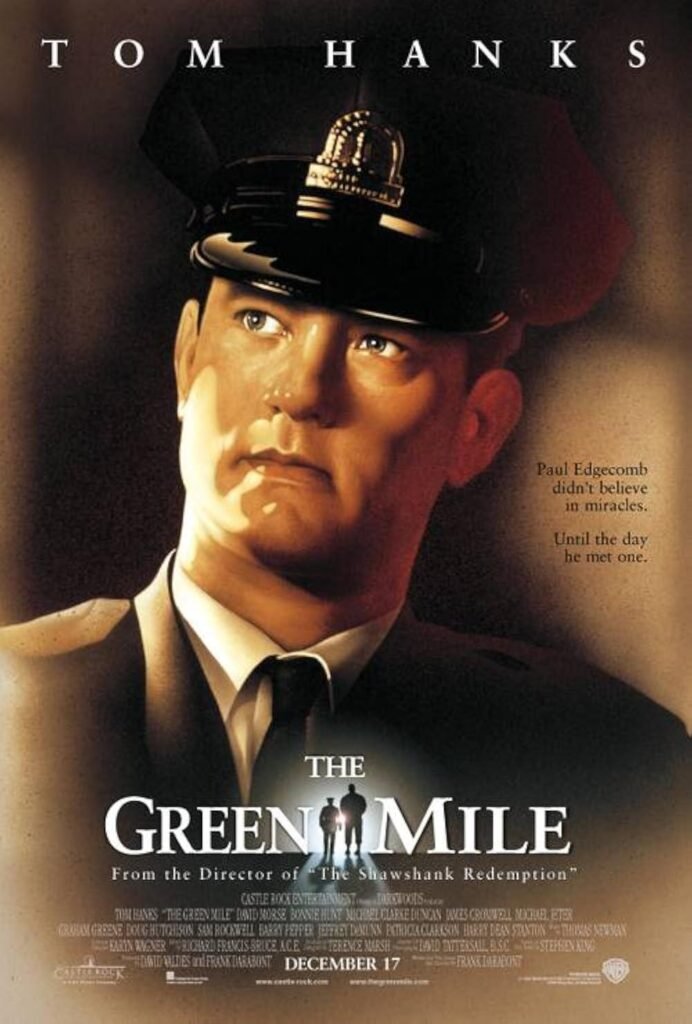In late August 2025 and the days that followed, searches for “Graham Greene actor,” “did Graham Greene die,” and “Graham Greene movies and TV shows” exploded across Google. The spike wasn’t a passing trend; it was a sign of how deeply this Oscar-nominated First Nations actor shaped modern screen storytelling. Whether you first met him as Kicking Bird in Dances with Wolves or recognized his steady, wry presence in later projects like Wind River, Longmire, or The Last of Us, Graham Greene embodied a rare combination of quiet intensity and unshowy precision.
Why does he matter so much in 2025? Because Greene’s work answers a question audiences still ask today: Can popular cinema carry cultural truth without turning people into stereotypes? His career shows it can—and that’s exactly why he’s trending now.
A Beginning Far from Hollywood

The Breakout That Rewrote the Room
When Kevin Costner’s Dances with Wolves (1990) reached audiences, Greene’s Kicking Bird became the film’s heartbeat—wise without cliché, tender without softness. The performance earned him an Academy Award nomination (Best Supporting Actor) and, more importantly, re-centered how Indigenous characters could be written and performed in mainstream cinema.
Range, Restraint, and Roles That Linger
Greene’s best work often arrived in understatement. Instead of chasing noise, he trusted stillness. A few highlights many fans return to:

- Thunderheart (1992): A crime drama with a conscience.
- Maverick (1994): A witty Western caper.
- The Twilight Saga: New Moon (2009): As Harry Clearwater, Greene gave warmth to a global franchise.
- Wind River (2017): Modern sorrow and resilience.
- Longmire (2012–2017): A morally complex TV Western.
- The Last of Us (2023): A late-career cameo that showed the power of restraint.
The Power of Saying “No” to Stereotypes
Greene’s influence wasn’t only what he played—it was what he didn’t play. He refused caricature and insisted on dignity. That pushed writers and directors to create richer, more responsible Indigenous roles.
How He Acted: A Toolkit of Precision
Watch three things when you revisit Greene’s scenes:
- Face Work: He lets thought reach the eyes before the mouth.
- Timing: He gives dialogue space.
- Status Control: He shifts authority without raising his voice.
It’s minimalism at its finest.
Lessons for Creators

- Write characters with worldview, not costume.
- Cast for subtlety.
- Consult cultural advisors early.
- Keep humor alive.
- Leave room for micro-expressions.
A Watchlist That Shows the Range
- Dances with Wolves (1990)
- Thunderheart (1992)
- Maverick (1994)
- Wind River (2017)
- Longmire (TV)
- The Last of Us (TV, 2023)
An Actor of Place
Greene’s characters were always tied to place: cities, reservations, wilderness. He treated landscapes as part of the performance.
Opinion: What His Legacy Demands Next
To honor Greene, the industry must:
- Finance Indigenous-led projects.
- Cast Indigenous actors in contemporary roles.
- Build mentorship and training pipelines.
Conclusion: The Whisper that Outlasts the Shout
Graham Greene’s greatest gift was making depth look effortless. His career isn’t just a memory—it’s a challenge to the film industry to keep opening doors.










